All the new models that appear on the market today all look the same. It is therefore a relief to delve into the past. It was very different then. Not better, but in terms of design and character you often saw better models. With a pleasant interplay of lines that resulted from a pencil. Simply sprouted from a human brain from the drawing board. Not from a computer or with the latest AI technology. Where everyone puts the same data into the design program. And yet another boring model rolls out.
Old-fashioned creativity
An example of that 'old-fashioned' creativity is the Opel GT. A beautiful coupe and a timeless model. It appeared on the market in 1968. His big brother in America – the Chevrolet Corvette – was his source of inspiration. And simplicity is a credit, the technology came from the Opel Kadett 'B'. The model was so successful that nothing was actually changed. The Opel GT was built from 1968 to 1973. It was successful in Europe as well as in the United States. Many European types cannot say the latter. It was often tried due to the US market size. A mega-large sales area! But the Opel GT did succeed. He was able to succeed thanks to his reliable technique. And because of its successful appearance. A more affordable coupe that could satisfy the masses' passion for cars, especially at a time when the middle class was starting to have more money to indulge themselves.
Experimental GT
In 1965, the first show model was shown to the public at the IAA International Motor Show in Frankfurt. It was a first test as to whether the coupe had a chance of success at all. The concept model called Experimental GT was created by the American Clare MacKichan. And immediately won the hearts of his critical reviewers. It was then decided to actually put the car into production. The designers of the final model were Clare Mac Kichan and Erhard Schnell.
Even sportier appearance
The bodywork of the production GT was significantly different from that of the concept model. The final version had an even sportier look. The front was larger, with a shorter overhang. The bulges for the intake system allowed for a lower hood. The rectangular retractable headlights of the Experimental GT were replaced by seductive eyes, making the car even more striking. The powerful yet elegant lines reduced air resistance without adding too much lift, ensuring that the car remained stable even at high speeds on the motorway.
Two engine versions
The Opel GT appeared on the market in 1968. In two versions. One with a 1068 cc engine with 60 hp. And one with a more potent 1897 cc with 90 hp. The technology was otherwise familiar. It came from the Kadett-B. The 60 hp version had a maximum torque of 85 Nm at a speed of 4400 revolutions per minute. The engine had two Solex carburettors, a triple-bearing crankshaft and an underlying camshaft. The top speed was 155 kilometers per hour. Not bad for its small engine.
Clear favorite
But the icing on the cake turned out to be the version with the 1897 cc engine, from the Rekord. The 1900 was clearly recognizable because of its bulge on the hood. If you didn't have one, you didn't count. This was necessary because the Rekord 1900 CIH engine did not fit seamlessly in the forecastle. It took an adjustment. The top speed was 185 km/h and the car accelerated from 0 to 100 in 11,5 seconds. The five-speed manual transmission was standard. But it was also available in combination with a three-speed automatic transmission. The 1900 was clearly the favorite with its customers. In the five years that the Opel GT was on the market, more than 100.000 units were sold. Many of these ended up in the United States, where the Opel GT captured the hearts of thousands of fans thanks to its Corvette-inspired appearance.
'Little Corvette'
The strong point of the Opel GT is its design. It is characterized by the long and shapely hood. And because of the four large round taillights. These are details inspired by the Chevrolet Corvette of that time. Chevrolet was also owned by General Motors at the time. His similarity with the potent American rightly earned the GT the nickname “little Corvette”.
Multiple locations
Strangely enough, production did not take place in Opel's motherland Germany. There was simply no room in Bochum and Rüsselsheim. So they moved to neighboring France. The French company Chausson manufactured the bare bodywork. It was then transported to Brissonneau & Lotz near Paris. They installed the chrome, wiring, windows and interior. The GTs were then put on the train to Bochum, where the chassis and engine were assembled. Fairly cumbersome, but there was no other way.
Simplicity is beautiful
In 1970 the 1100 version was taken out of production. His successor came a year later. That was the GT/J. He excelled in his simplicity. For example, the colors were non-metallic. Blue, orange, ocher yellow and bright yellow. All chrome had been left out. Matte black was used instead. And a few rally stripes accentuated the sporty character. Instead of an oil pressure and flow meter, the GT/J had indicator lights. And it had no lights in the engine compartment. This simplicity turned out not to be a degradation of the model. It was just different. More modern. A not unimportant detail concerned the engine. The GT/J was only supplied with the popular 1897 cc engine. So the speed maniacs could enjoy themselves. It certainly contributed to the success of the GT/J.
Exceeded all expectations
In any case, the GT continued to fascinate customers until the end of its production in 1973. The suppliers Chausson and Brissonneau & Lotz were taken over by Renault. American security requirements also became increasingly strict. These two things together forced Opel to discontinue the Opel GT. Thanks to its performance, unique design and attractive price, the GT's popularity exceeded all expectations. A total of 103.463 units were built in just five years. Not only European, but also North American customers loved Opel's radical sports car. Which still has many fans on both sides of the Atlantic.
125 years of Opel
2024 is an important year for Opel. The German car manufacturer was founded 125 years ago. On January 21, 1899, Wilhelm Opel – son of Adam Opel, the company's founder – signed a contract with locksmith Friedrich Lutzmann to take over his Motorwagenfabrik (car factory). With this, Opel started car production and also began a new era in which Opel history would be written far beyond Rüsselsheim. Opel – until then a sewing machine and bicycle manufacturer – entered unknown territory for the company with its car production. Since then, more than 75 million vehicles have left Opel factories across Europe. And the Opel GT is one of them. Experts agree that it is Opel's most beautiful sports car ever!
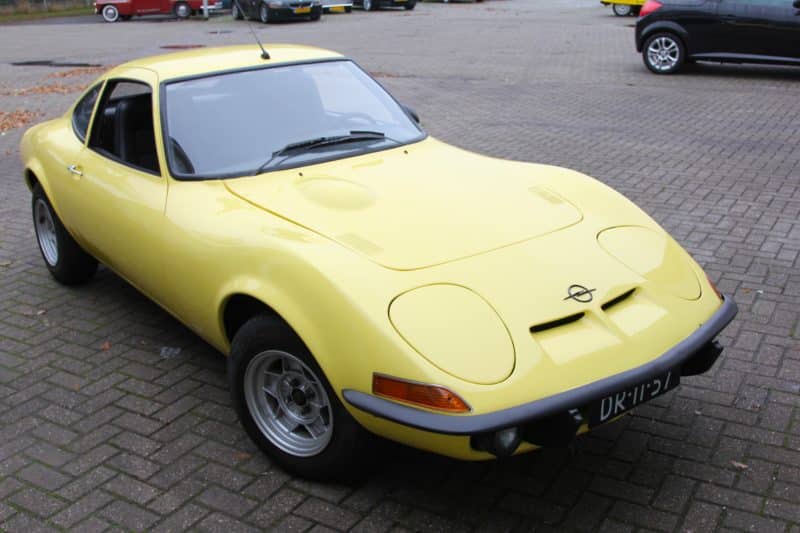

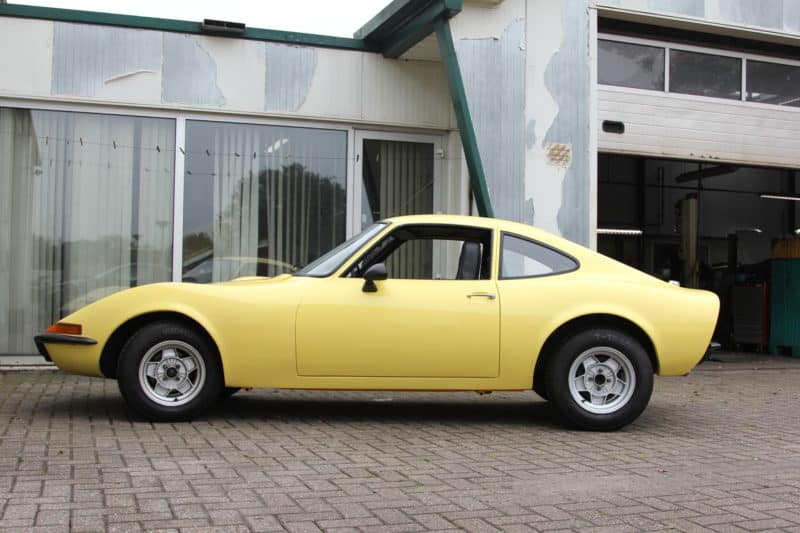
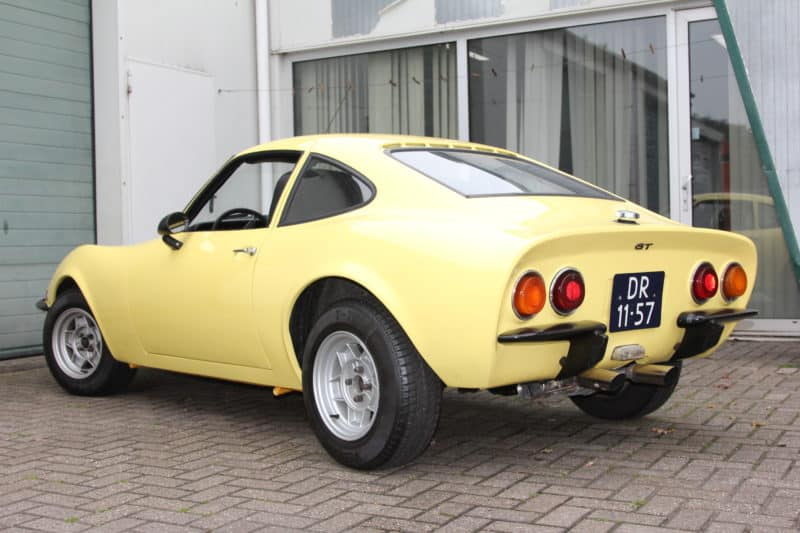
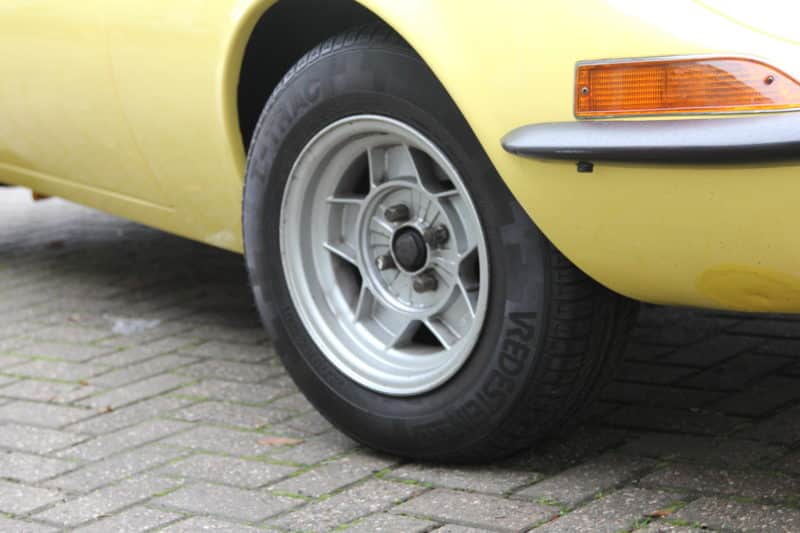
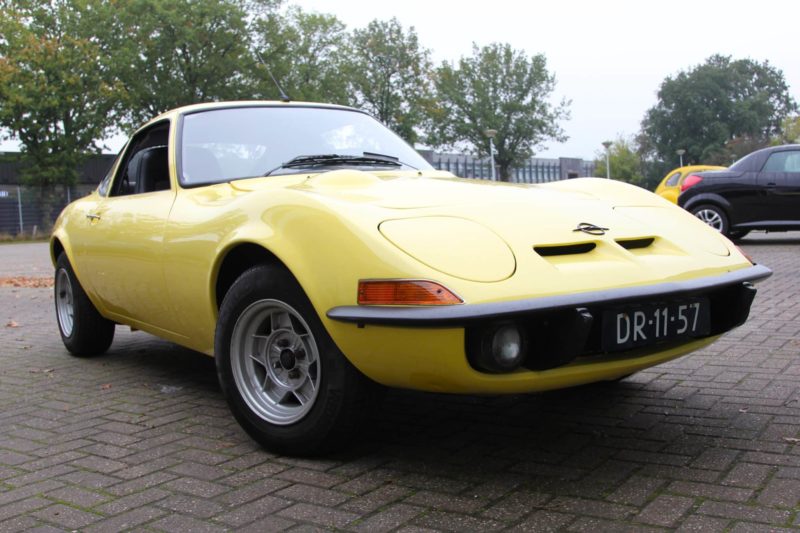

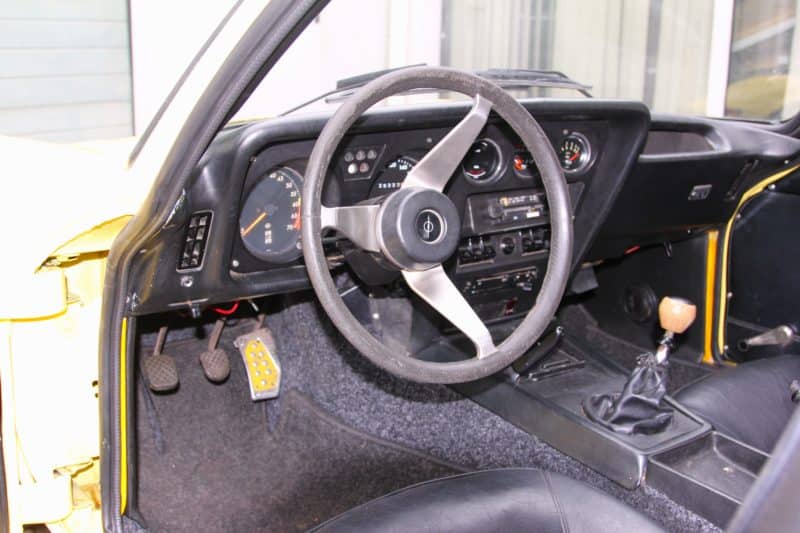

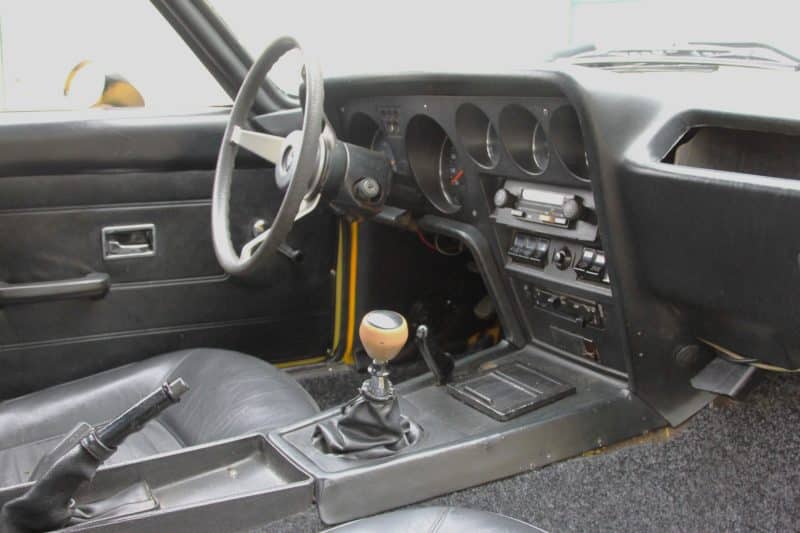
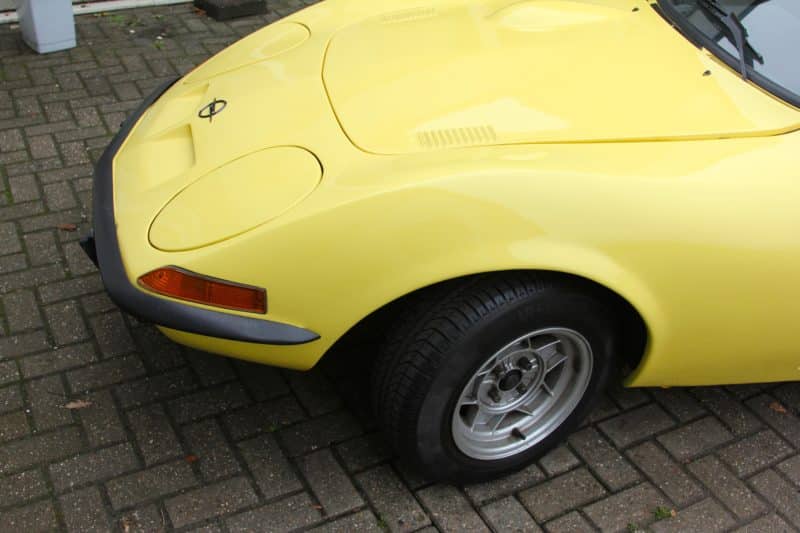
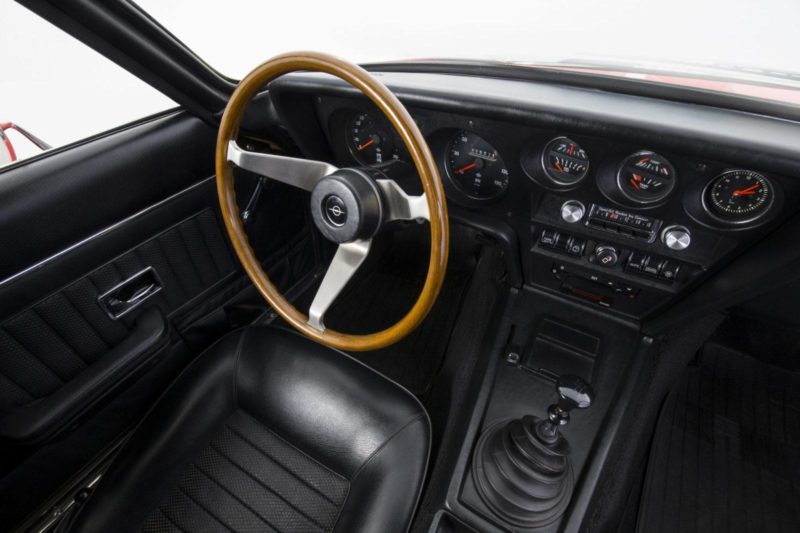
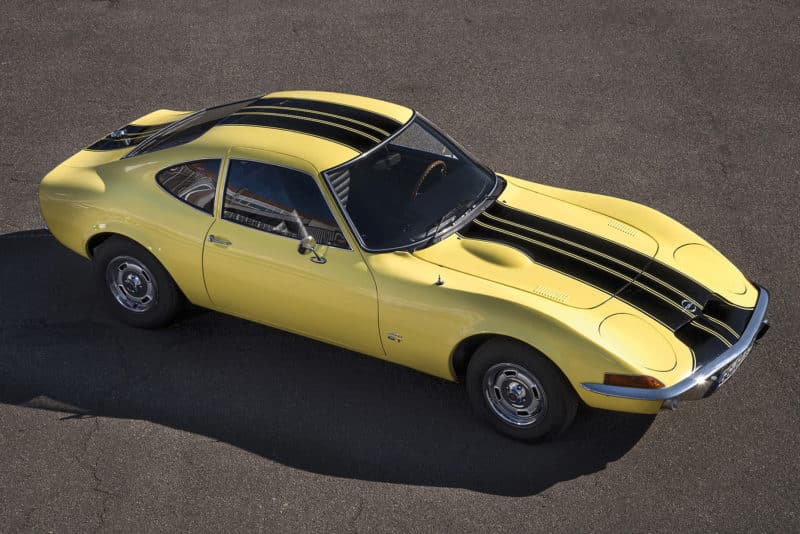
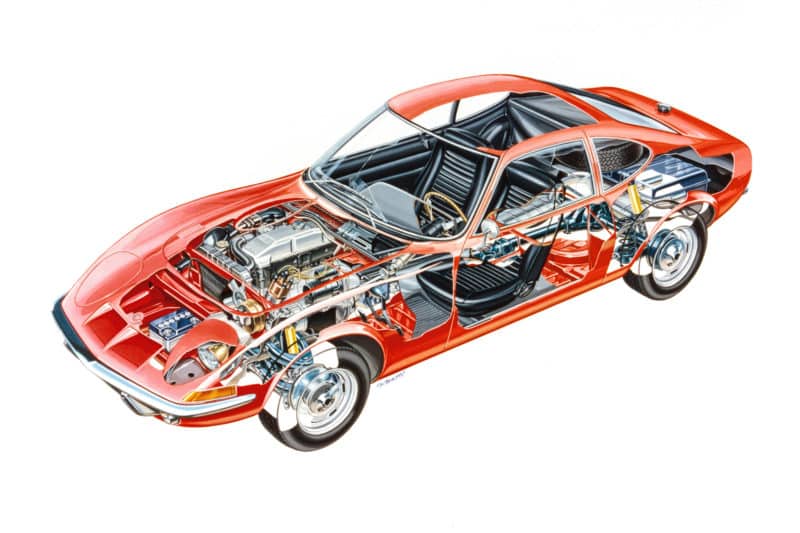
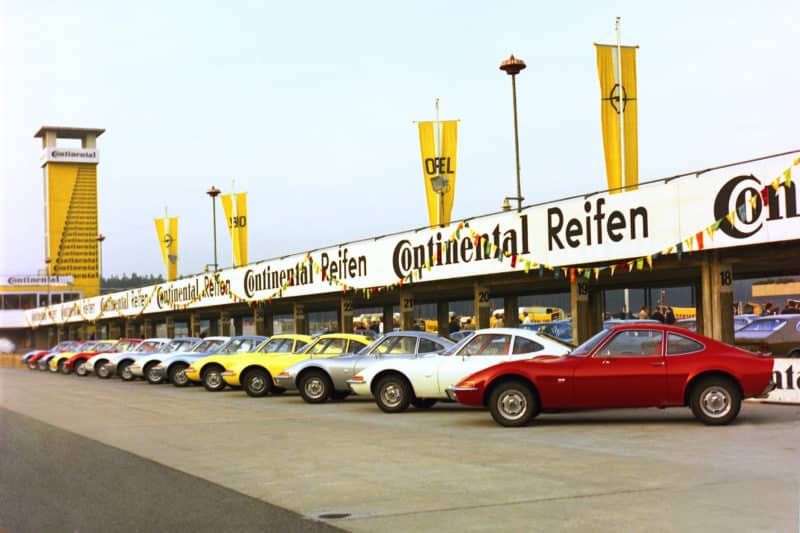
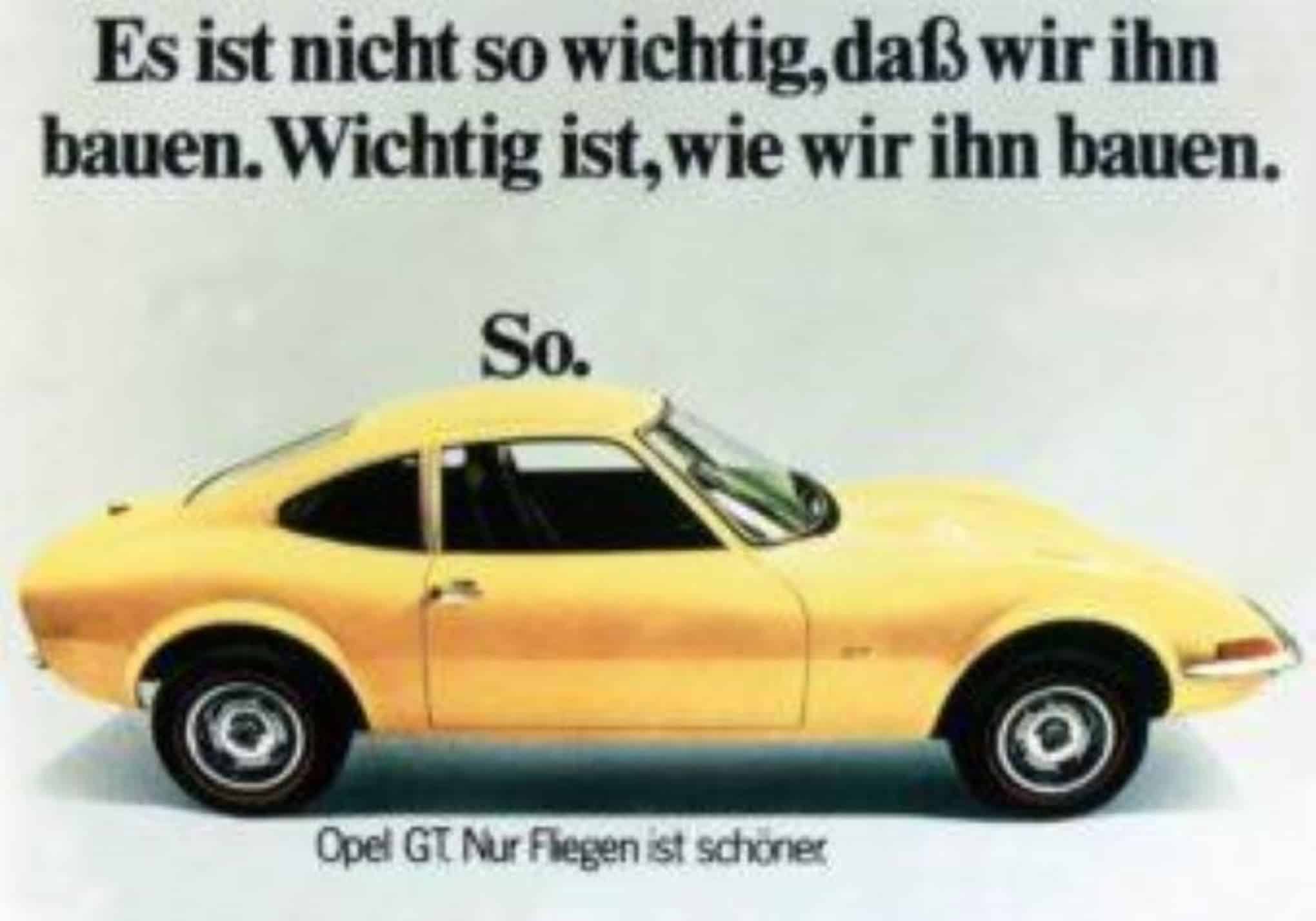


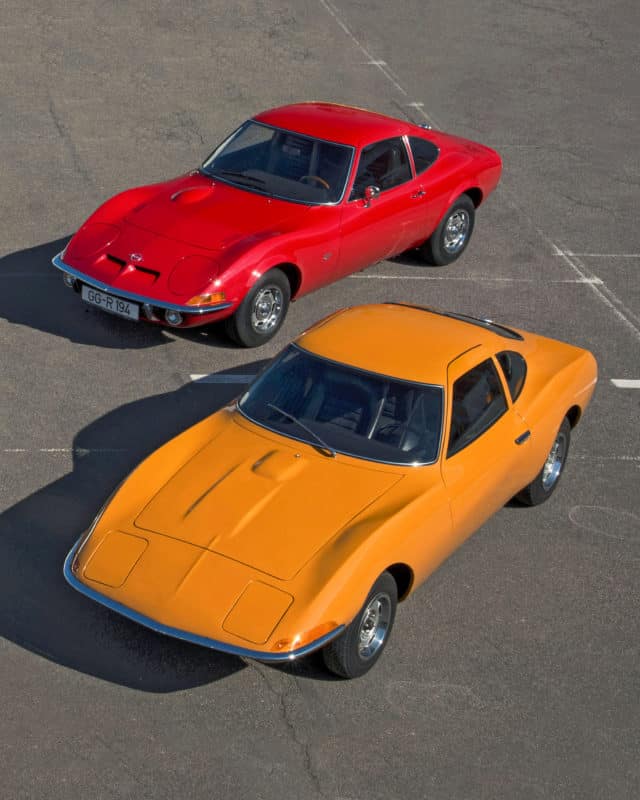

One of the most beautiful Opels ever, together with the A-manta (and that's what an Audi and Ford enthusiast says.)
A really nice design, and above all completely different from other Opels at the time.
Indeed, the A Manta and the GT.
Things have never gotten better at Opel...
With most cars, the study model is excitingly beautiful and the production model is rather boring.
This was the other way around with the Opel GT. Fortunately, the study model did not go into production unchanged with the ugly square headlights and less attractive line.
It has been a beautiful, tasteful car from the start. So it still is. But the Opel Speedster is also a strikingly beautiful one among all the violence of the large, expensive sports car brands. And quickly too.
However, all the speed bumps do not make life easy with such a car in the city or on back roads.
I've always thought it was a beautiful design. With that 1.9L in it it was a fairly fast thing of course. And yes, that gas pedal is really ugly. That can go back to the original with such a car ☺️
Sweet memories…
Driving 150 km/h and feeling like you're going 200...
It is a good idea to put on the headlights with some force and then switch on the light.
There were even some made (in BE I think) with the 6 cylinder...
From the photo model, shame about that ugly accelerator pedal.
Bought a new Gt 1969 in 1900, good driving car. But definitely with a four-speed, never delivered with a five-speed.